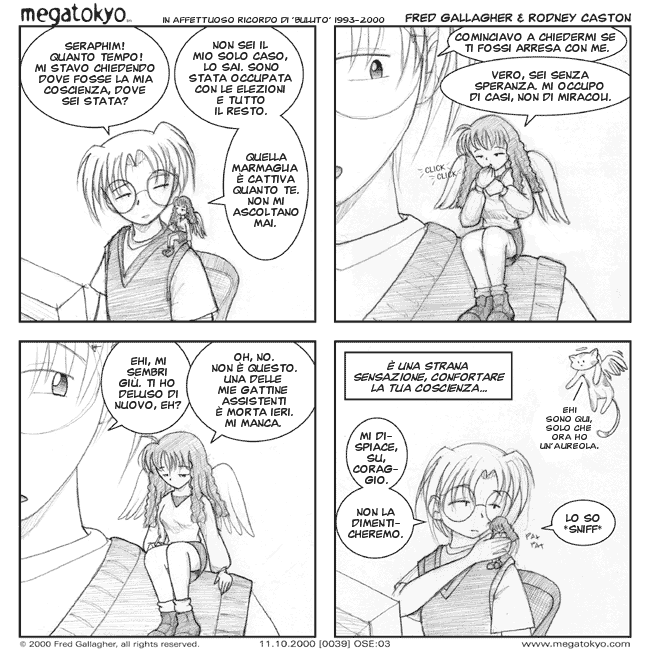

The posterior epidural space is traversed by thin fibrous dorsal meningo-vertebral ligaments connecting the dorsal dura to the lamina and ligamenta flava. Thus, the epidural space is neither an anatomical distinct compartment nor a homogenous compartment. Furthermore, the epidural space is in connection with the paravertebral space and attached anatomical structures. Even within the intervertebral foramen, the epidural space is perforated by a spinal nerve and its duplicated dura sheath. Each intervertebral foramen connects the epidural with the paravertebral space without any barrier. It encircles the spinal canal containing the dural sac and the spinal cord. The epidural space reaches from the skull base to the sacral hiatus and consists predominantly of adipose tissue and abundant vessels, mostly veins. In this article, we focus first on the anatomical and pharmacological aspects of neuraxial drug administration, clinical indications, as well as their potential neurotoxicity, and then provide a concise overview on the drugs that are clinically used on a regular basis.Īnatomy Relevant to Neuraxial Drug Administration These are affected by the anatomy of the respective compartments, bypassing the first-pass metabolism and the vicinity of the primary effector sites, next to the general physicochemical properties of the respective drugs.Ī profound knowledge on factors that affect the clinical effects of neuraxially injected agents is essential to anesthesiologists or pain specialists to secure efficient and safe use of this technique.

The application of medication via the neuraxial route has unique pharmacokinetic and pharmacodynamic characteristics. Furthermore, it is important to realize that many of those drugs have not been approved for neuraxial use, and are hence used off-label, even when clinically established. Based on the proximity to the spinal cord, neurotoxicity limits the use of some agents for intrathecal administration (e.g., ketamine) whereas for others, fast epidural resorption does not outweigh the benefits compared to a direct systemic application. Most of these as adjuvants, such as clonidine, dexmedetomidine, ketamine, or dexamethasone others as the sole drug, such as ziconotide or baclofen. In addition to opioids, which are commonly added to neuraxially administered local anesthetics, or more uncommonly used as the sole neuraxial drug, a large number of other pharmacologic agents have been used. In the vast majority of cases, local anesthetics are administered to achieve anesthesia or analgesia in a wide variety of settings, comprising surgery, labor pain, acute and chronic pain management, or spasticity. Today, more than 120 years after the first spinal anesthesia, performed by August Bier using cocaine, neuraxial techniques are an integral part of modern anesthesia concepts. Finally, we give a brief overview on new developments in neuraxial drug therapy.Īdministration of drugs via the epidural or intrathecal route, both of which together are referred to as neuraxial anesthesia, is a technique that is predominantly used by anesthesiologists and pain specialists. Then, we discuss possible neurotoxic effects of neuraxial drugs, and moreover, we detail the specific properties of the most commonly used neuraxial drugs that are relevant to clinicians who employ epidural or intrathecal drug administration, in order to ensure adequate treatment and patient safety in these techniques. Furthermore, we describe the most common clinical indications for neuraxial drug administration, including the perioperative setting, obstetrics, and chronic pain.

Then, we delineate the general pharmacology of neuraxial drug administration, with particular attention to specific aspects of epidural and intrathecal pharmacokinetics and pharmacodynamics. In the present narrative review, we summarize current knowledge on neuraxial anatomy relevant to clinical practice, including pediatric anatomy. A broad understanding of the pharmacology of those agents is essential to the clinician to utilize them in a safe and efficient manner. A multitude of different drugs have been introduced for neuraxial injection, only a part of which have obtained official approval for that indication. Today, it still is widely used in daily practice in anesthesiology and in acute and chronic pain therapy. Neuraxial drug administration, i.e., the injection of drugs into the epidural or intrathecal space to produce anesthesia or analgesia, is a technique developed more than 120 years ago.


 0 kommentar(er)
0 kommentar(er)
